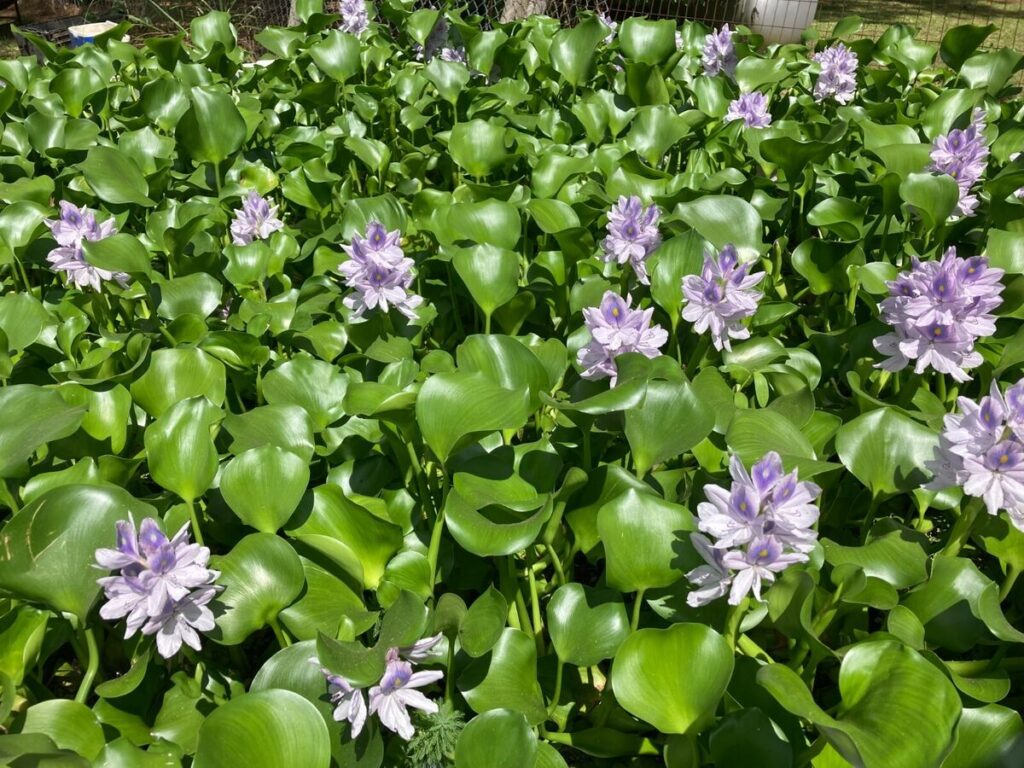Water hyacinth, an invasive aquatic plant, has long been a nuisance in rivers and lakes, causing environmental issues such as reduced oxygen levels and hindering local fishing and boating activities. However, this plant is now being transformed into a valuable resource through innovative handicraft initiatives that not only address environmental concerns but also empower local communities economically.
The Problem with Water Hyacinth
Water hyacinth (Eichhornia crassipes) proliferates rapidly in nutrient-rich waters, doubling its population every 5 to 15 days. Its dense growth can lead to significant ecological disruptions, including the depletion of oxygen in water bodies, which adversely affects aquatic life and local livelihoods dependent on fishing and transportation. To combat these challenges, various communities have begun harnessing this abundant resource by converting it into handicrafts.
Community Empowerment through Handicrafts
In regions like Tambak Oso Village in Indonesia, training programs have been established to teach local women how to process water hyacinth into handicraft products such as placemats, trays, flower vases, and pencil cases. These initiatives not only help reduce the waste caused by water hyacinth but also provide women with skills that can enhance their household incomes. The training involves two main stages: first, educating participants about the benefits of utilizing water hyacinth and the techniques for harvesting and preparing the material; second, hands-on training in crafting various products using weaving techniques.
Similarly, in Vietnam’s Co Do district, women have formed cooperatives focused on weaving baskets and other items from water hyacinth. This initiative has transformed the lives of many participants, providing them with a steady income and fostering community spirit. The Craft Village Cooperative has grown to include 38 members who collectively produce thousands of products each month, significantly improving their economic conditions.
Environmental Benefits
The conversion of water hyacinth into handicrafts serves a dual purpose: it mitigates the environmental impact of this invasive species while creating sustainable livelihoods for local artisans. By regularly harvesting water hyacinth for crafting purposes, communities can maintain healthier waterways and promote biodiversity. Moreover, these handicrafts are often marketed as eco-friendly products, appealing to environmentally conscious consumers.
Market Potential and Future Prospects
The market for water hyacinth handicrafts is growing as awareness of sustainable practices increases. Artisans are encouraged to innovate and diversify their product offerings to attract a wider customer base. For example, products such as decorative lanterns and handbags made from water hyacinth have gained popularity in both local and international markets.
Efforts are underway to enhance production capabilities through mechanization and improved marketing strategies. By participating in exhibitions and leveraging online platforms, artisans aim to reach broader markets and increase sales.
Conclusion
The transformation of water hyacinth into handicrafts exemplifies how environmental challenges can be turned into opportunities for economic development. By empowering local communities through skill development and sustainable practices, these initiatives not only contribute to ecological health but also enhance the quality of life for many families. As more communities adopt similar approaches, the potential for water hyacinth handicrafts to create a positive impact continues to grow.

